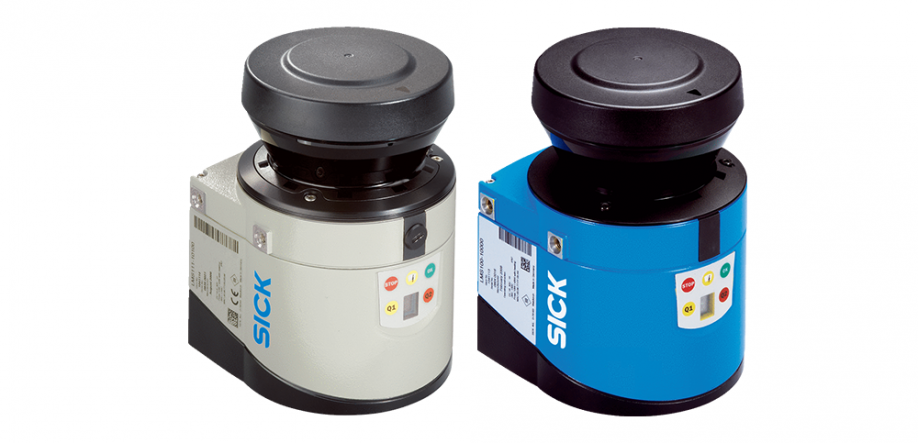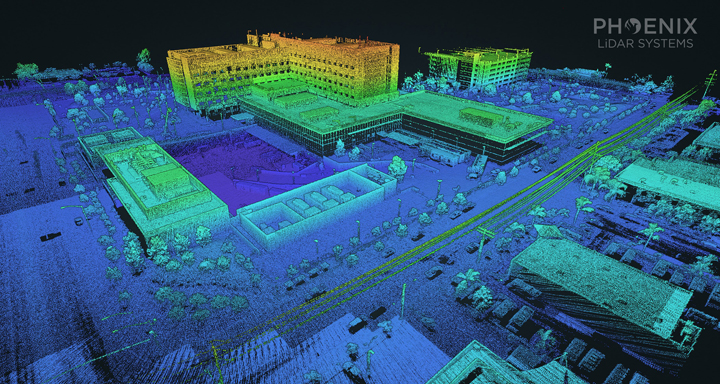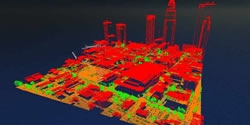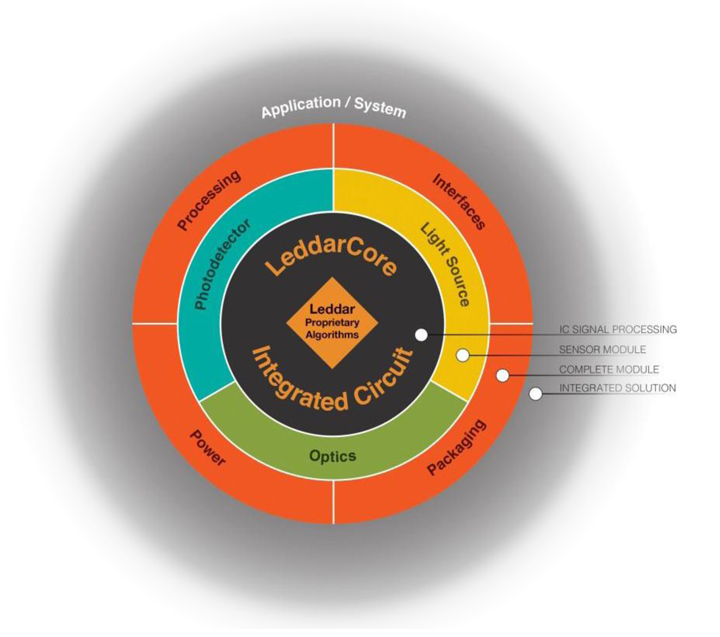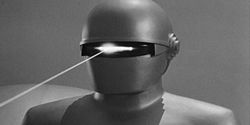LiDAR Solution for Mass Production and Adoption
LiDAR offers a number of advantages over other perception solutions, enabling smart machines to "see" far distances and generate a 3D representation of their surrounding environment to detect obstacles and make intelligent navigation decisions.
A Guide to Lasers for Robots (Part 2)
Keep in mind that sensor manufacturers are in direct competition with each other. This means specifications can sometimes be put on a slightly over-optimistic spin. For example, range specifications are sometimes measured using retro-reflective targets
How a "Wild Idea" About LiDAR Transformed the Aerial Mapping Industry
In 2012, Phoenix LiDAR CEO Grayson Omans had the revolutionary idea to mount a Velodyne LiDAR sensor on a UAV-and he transformed the aerial mapping industry in the process.
LiDAR 101: A Q&A with a Pictometry Expert
Because LiDAR uses light, the target must be visible, so it is not an all-weather solution. It wont work well in fog or other weather conditions that affect visibility, but if conditions are clear, it can operate during both day and night.
Analog Devices Acquires Laser Beam Steering Technology from Vescent Photonics to Enable Mainstream Adoption of Automotive LIDAR Systems
This acquisition strengthens ADIs position as a major automotive safety system technology partner for next generation ADAS and autonomous driving applications and builds on ADIs 20-year history in advancing automotive safety.
Low-cost, LiDAR-based Navigation for Mobile Robotics
Using the ROS Navigation suite from the Open Source Robotics Foundation (OSRF), we highlight a solution employing the Rhoeby Dynamics R2D LiDAR, a low-cost LiDAR device
Optical Time-of-Flight Sensing Technology
Focuses on Unmanned Automotive Technologies at RoboBusiness
Robots 101 - Lasers
Almost all robots today use lasers for remote sensing. This means that the robot is able to tell, from a distance, some characteristics of an object.
Records 16 to 23 of 23
Featured Product
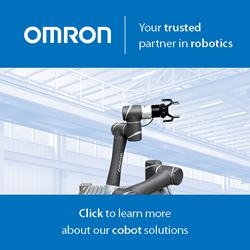
Discover how human-robot collaboration can take flexibility to new heights!
Humans and robots can now share tasks - and this new partnership is on the verge of revolutionizing the production line. Today's drivers like data-driven services, decreasing product lifetimes and the need for product differentiation are putting flexibility paramount, and no technology is better suited to meet these needs than the Omron TM Series Collaborative Robot. With force feedback, collision detection technology and an intuitive, hand-guided teaching mechanism, the TM Series cobot is designed to work in immediate proximity to a human worker and is easier than ever to train on new tasks.


